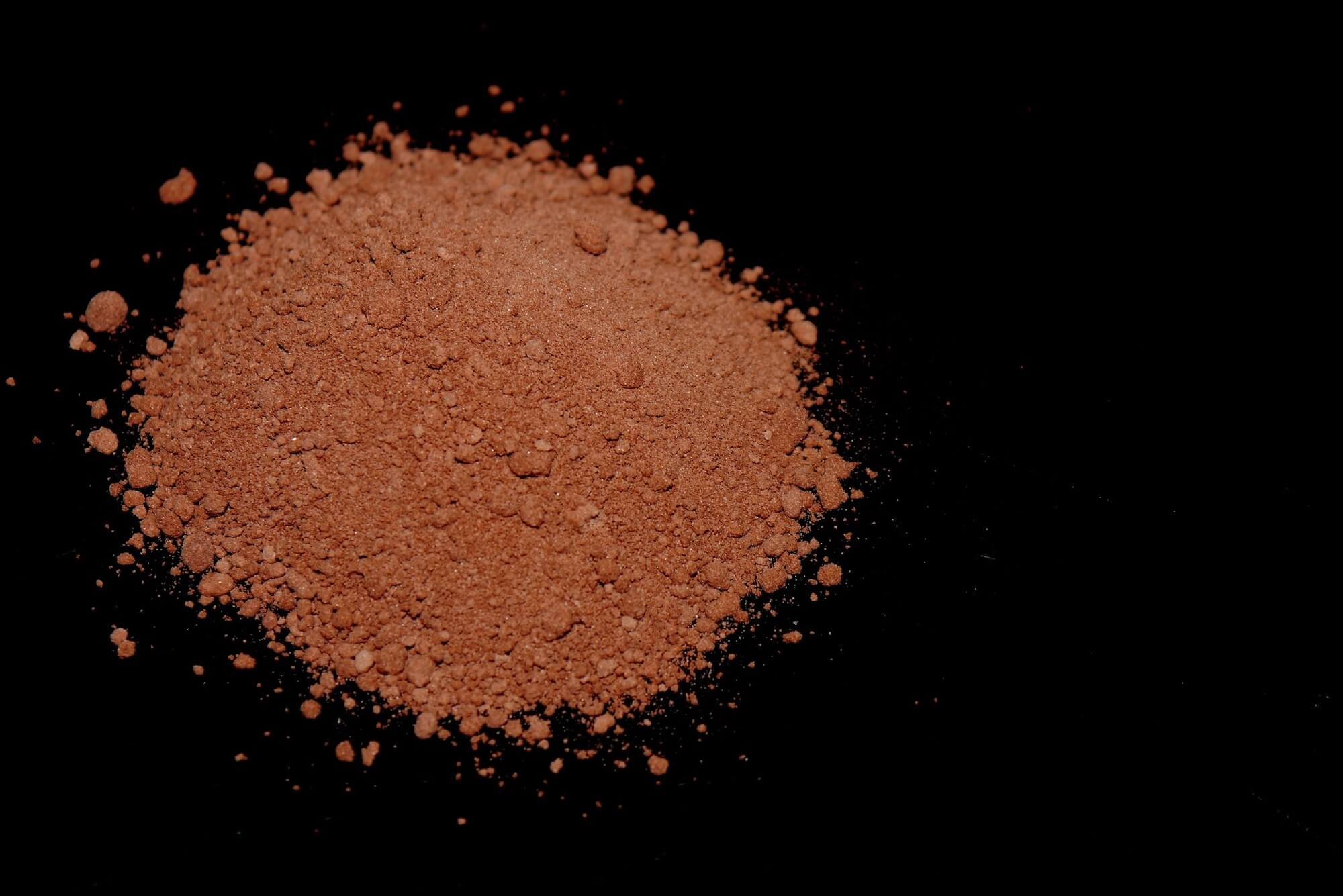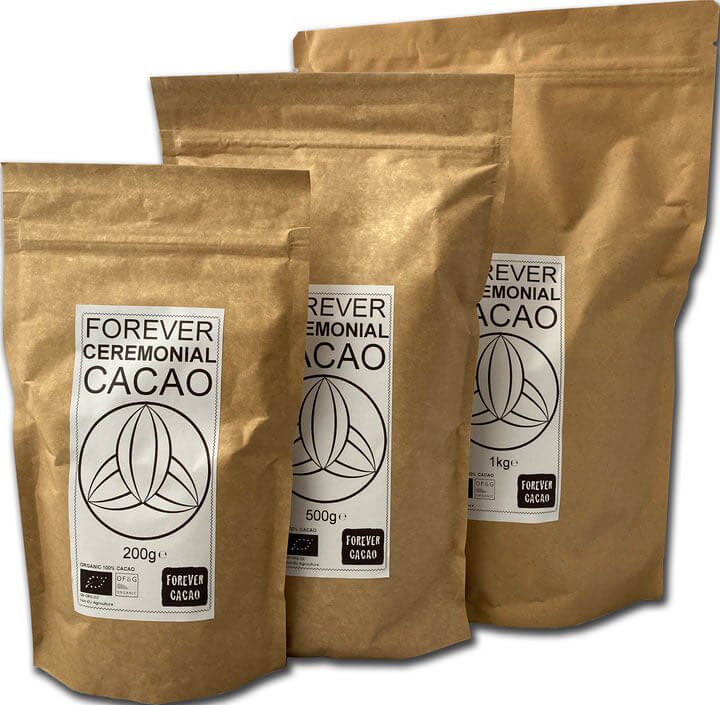What is Ceremonial Cacao & How to Hold a Cacao Ceremony
If you’ve been keeping up with health and lifestyle trends (or just lurking on the ’gram), you’ve probably come across ceremonial cacao — a mindfulness practice that combines high-grade cacao beans with personal introspection and lounge-chic outfits. But, there’s also a lot of misinformation about what ceremonial cacao actually is and what it can do for you.
Let’s take a look at what ceremonial cacao is (and isn’t), and how to bring the benefits of this ancient practice into your own life.
What is ceremonial cacao?
Ceremonial cacao is a term for high-grade, fine-flavor, traditional chocolate that’s used to emulate some of the spiritual practices of the Maya and Aztec people. Historically, cacao drinks have been used for a variety of life-affirming ceremonies including births, marriages, and battles, as well as to honour the gods. Now people are bringing these practices into the 21st century to help ground the mind, body, and spirit and open new creative pathways.
Let’s start by examining a few myths that have grown out of the ceremonial cacao trend.
What ceremonial cacao is not:
Hallucinogenic or psychoactive
Some practitioners have made claims that cacao can function as a neurological drug similar to cannabis or other mind-altering plants. But while cacao does have certain compounds in common, they’re either in microscopic trace amounts or aren’t processed by the body in the same way.
A secret weapon for weight loss
Cacao doesn’t encourage the body to shed pounds, unless you’re drinking it as a substitute for something fizzy and horrible to reduce your sugar intake.
Legally or industry standardized
This is super important. There is no legal distinction for “ceremonial-grade” cacao; there’s no threshold a brand has to pass before they’re allowed to include it on their packaging. This means that not all products that say “ceremonial-grade cacao” are created equally.
100% organic (necessarily)
Organic foods are #trending, but what a lot of people don’t realise is that organic certification is really expensive. The prohibitive costs keep many small, independent farmers from being able to stick the organic label on their products — even if they’re adhering to organic practices.
Confined to any one region
Some brands may claim that “real” ceremonial cacao only comes from one place. This simply isn’t true; ceremonial cacao comes from anywhere that cacao is grown honestly, sustainably, and transparently.
Better for your body than craft chocolate (although it is better than mass-market chocolate!)
A cornerstone of ceremonial cacao is its minimal processing, ie. little to no heat, fermentation, or conching. There’s surprisingly little scientific evidence to suggest that any of this affects the health benefits of cacao; in fact, as a raw food, cacao needs to be initially heated in order to make it safe for consumption.
So with all that in mind, what are some things that ceremonial cacao does need to be?
What to look for in ceremonial cacao
Free of additives
Ceremonial cacao shouldn’t contain anything that didn’t come from a cacao bean, ie. sugar, lecithin, stabilisers, or substitute vegetable fats (gross).
Single-origin
While there’s no one place that all ceremonial cacao should come from, the product should be sourced from a single area and, ideally, from farmers with whom the chocolate maker has a working professional relationship. A transparent connection to the land is essential in ceremonial cacao.
Fine-flavor cacao
Some cacao trees are grown for their high yield and resistance to disease, but produce inferior fruit. These are what are most often used in mass-market, low-cost chocolate. “Fine-flavour cacao” refers to heirloom cacao varieties that produce fruit of exceptional quality (it’s estimated that fine-flavour cacao makes up about 12% of the world’s supply)
Traditionally made
While ceremonial cacao can be roasted and fermented, it should be made with simple, streamlined practices that prioritise quality over efficiency. This means avoiding large, industrial-scale machinery, alkaline “dutching” processes that reduce astringency, or flash-roasting cocoa nibs instead of slow-roasting the entire bean.
Made with respect
When you’re enjoying a cup of cacao, you’re the last stage in a long process that begins with farmers working the land and passes through a range of dedicated craftspeople. Ceremonial cacao should be made with respect (and fair wages) given to everyone who is a part of that chain.
How to create a meaningful cacao ceremony at home
Making a ceremonial cacao drink at home is pretty flex — the key is that you approach it with reverence and intention. First, measure out your chocolate into a small bowl and melt it over a pan of hot water. A ratio of 1:4 is a good place to start — for instance, 30g of chocolate to 120g of liquid. You might find you prefer a bit more or a bit less liquid to suit your personal taste.
Once your chocolate is melted, heat up your liquid of choice. Water is most popular for ceremonial cacao drinks because it adds nothing and allows the flavour nuances of the cacao to really shine through. However, you can also use milk or a milk substitute, or a mix of milk and water, if you prefer. You can also add sweeteners like honey or unrefined sugar to your liquid.
You’ll find some articles instructing you to take your hot liquid and your chocolate and throw them in a blender and press go. Do not do this. The “ceremony” aspect of your chocolate-drinking experience isn’t just in the drink; it’s in the preparation. By tossing everything in a clunky machine and forgetting about it, you’re missing out on a valuable opportunity to commune with yourself in that moment.
Instead, slowly add the hot liquid to the melted chocolate a few tablespoons a time. As you mix, think about what you want to focus your energy on or what you need to accomplish. This might be something like moving forward after a period of trauma or finding creative energy to put towards a new project. Let the drink absorb those feelings as you make it.
Then, pour the chocolate into your all-time favorite teacup (or other drinking vessel) and focus on your breathing for a few moments as you inhale the steam. You’re engaging in an ancient practice of connecting with oneself through food, honouring a sacred plant that, even to this day, brings people together all over the world.
As you sip your chocolate, begin journaling, creating, or taking steps towards your goal.
5 brands of ceremonial cacao
Ceremonial cacao drinks are becoming more popular and widespread. Here are some top quality ceremonial chocolate option for your next cosy evening.
Cacao Laboratory
Cacao Laboratory is a New York-based chocolate company that specialises in ceremonial-grade cacao. In addition to their standard, unflavoured mix, they also offer “elemental” versions with added herbs and spices meant to enhance the four elements. They use heirloom Ecuadorian cacao.
Ritual Cacao
Ritual Cacao is a passionate UK brand that champions the use of ceremonial cacao as both a mindfulness practice and a way to support farmers and ecosystems in cacao-producing regions. They source heirloom varieties from Ecuador and Peru.
Ora Cacao
Ora Cacao is a California-based brand that sees ceremonial cacao as a way of life. In addition to their range of intention-based cacao blends, they even offer free virtual cacao ceremonies online where you can meet and connect with others in a guided ritual.
Soul Lift Cacao
Soul Lift Cacao is an enterprise from Oregon that works directly with Guatemalan families to source fine flavour cacao. They stock a number of different blends with various flavour profiles, so there’s a perfect match for everybody.
Forever Cacao
Forever Cacao is one of the oldest European suppliers of ceremonial cacao. They source from individual families in Peru and offer pure, unadorned cacao as well as intention-based blends with herbs and spices.









